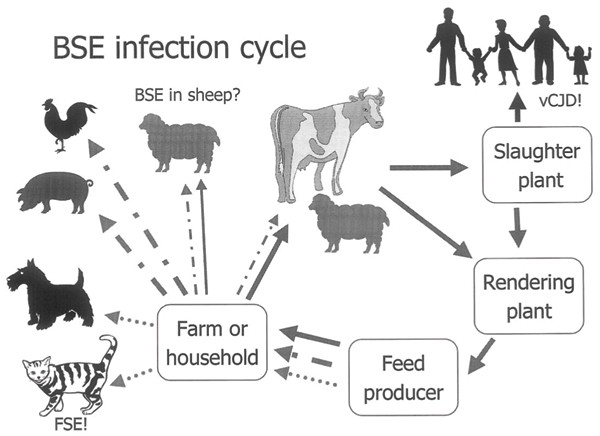Leptospira,an overview
Genus leptospira consist both pathogenic and saprophytic species. L. interrogans are medically important species. They are again classified into many serotypes.
Morphological features
6-20 µm length
0.1 µm thickness
They are actively motile, Gram negative bacteria ,mainly stained by special stains Giemsa stain and silver impregnation method. They can also seen under dark ground illumination and electron microscopy.
Cultural characters
Enriched media with rabbit serum, Korthof’s media, Stuarts media, Fletcher’s media are used for cultivation. EMJH media is commonly used. Optimum temperature for incubation is 25-30oC with a pH of media 7.2-7.5 . Leptospira grows in aerobic or microaerophilic conditions. It can be inoculated into guinea pigs and also could grow in chorioallantoic membrane of chick embryos.
Resistance
Leptospira is susceptible to heat ,sensitive to bile acids and disinfectants.
Pathogenicity
Rats are the natural reservoir, infection is usually asymptomatic in them . Contaminated water with urine of infected carrier animals enters to the human body through cuts and abrasions. It can also enter through conjunctiva.
Clinical features
Fever-irregular
Vomiting
Headache
Intense injection of eyes
Purpuric hemorrhage-skin
Albuminuria
Meningitis
Hepatorenal damage
Weil’s disease
Occupational risk to agricultural works, miners, sewer cleaners
Lab diagnosis
Includes examination of blood and urine by microscopic, culture, animal inoculation and serological methods
Prophylaxis includes rodent control, disinfection of water, vaccination of pet animals, using of protective wearing.
Treatment
Penicillin
Doxycycline 200mg


Comments
Post a Comment